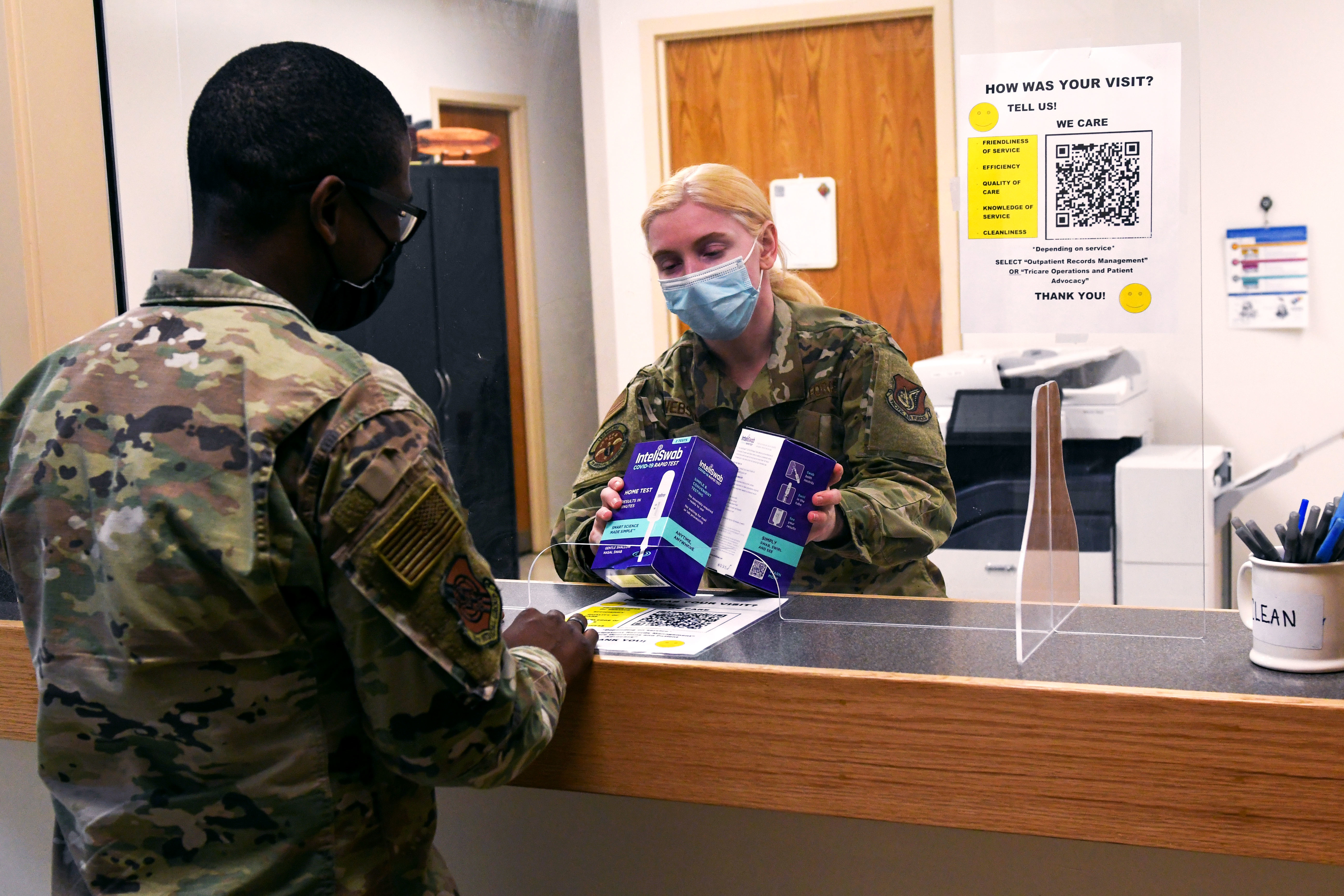Originally published in JAMA Health Forum, October 6, 2023.
How does the probability of mental health care visits by military personnel change when psychiatrist capacity changes in their communities, where capacity is measured separately for military treatment facilities and civilian sectors?
Findings In this cohort study of active duty US military members between 2016 and 2020, three-fourths of all mental health care visits occurred in military treatment facilities. When military treatment facility psychiatrist capacity within a 30-minute driving time changed from zero to high capacity, the probability of mental health care visits to military treatment facilities increased by 0.95 percentage points, and there was no change for visits to civilian psychiatrists; when civilian psychiatrist capacity changed from zero to high, the visit rate to military treatment facilities decreased by 2.58 percentage points, while the visit rate to civilian psychiatrists increased by 0.57 percentage points.
Meaning This study suggests that realigning military treatment facility psychiatrists across communities with shortages and high-capacity military treatment facilities, as well as addressing nongeographical barriers in the civilian sector, remain critical to achieve the optimal balance between military and civilian care provision.
Abstract
Importance Understanding how the active duty military population’s mental health care use is associated with local military and civilian psychiatrist capacity is critical in designing the optimal allocation of mental health resources from both sectors to improve the mental health of military personnel.
Objective To evaluate whether the probability of mental health care visits by military personnel changes when psychiatrist capacity changes in their communities, when capacity is measured separately for military treatment facilities and civilian sectors.
Design, Setting, and Participants This cohort study of active duty US military service members between January 1, 2016, and September 30, 2020, combines data from the Defense Health Agency, the National Plan and Provider Enumeration System, and the US Census. Data were collected and analyzed from June 2022 to July 2023.
Main Outcomes and Measures The main outcome was the probability of making at least 1 mental health care visit in a given quarter at military treatment facilities and in civilian settings. Linear probability models with 2-dimensional fixed effects at individual and community levels were implemented to estimate changes in individual outcomes when community psychiatrist capacity changed.
Results This study includes 1 958 421 US service members (83% men; mean [SD] age at baseline, 28.4 [8.0] years). Thirteen percent of service members did not have military treatment facility psychiatrists available within a 30-minute driving time, and 66% lived in communities with a psychiatrist shortage (<1 psychiatrist per 20 000 relevant population), while 9% lived in communities with high (>3 psychiatrists per 20 000 relevant population) military treatment facility psychiatrist capacity. Five percent of service members lived in communities with no civilian psychiatrists within a 30-minute driving time, while 66% lived in communities with high civilian psychiatrist capacity. The mean quarterly mental health care visit rates to military treatment facilities and civilian settings were 7% and 2%, respectively. The probability of a mental health care visit to a military treatment facility increased by 0.95 percentage points (95% CI, 0.79-1.10 percentage points; equivalent to 14%) when the individual experienced a change in military treatment facility capacity from no psychiatrist to high capacity. The probability of a mental health care visit to a civilian setting increased by 0.57 percentage points (95% CI, 0.38-0.76 percentage points; equivalent to 32%) when civilian capacity changed from no psychiatrist to high capacity. The magnitude of responses to military treatment facility capacity changes remained similar in communities that already had high civilian capacity.
Conclusions and Relevance This cohort study of the US military population suggests that active duty military personnel rely largely on military treatment facilities for their mental health care and that there are meaningful responses to military treatment facility psychiatrist capacity changes even in communities with high civilian psychiatric capacity. Realigning military treatment facility psychiatrists across communities with shortages and high-capacity military treatment facilities, as well as addressing nongeographical barriers in the civilian sector, remain critical to achieve the optimal balance between military and civilian care provision.

